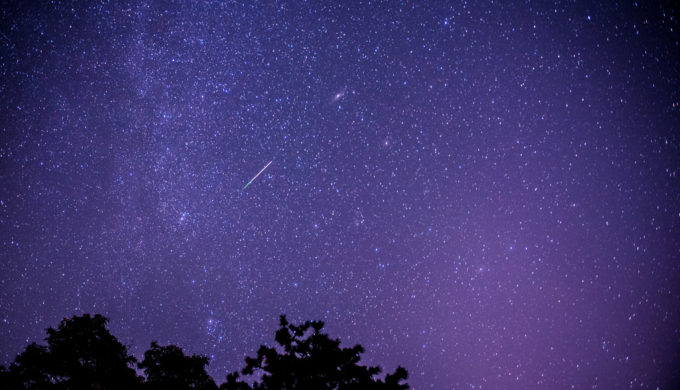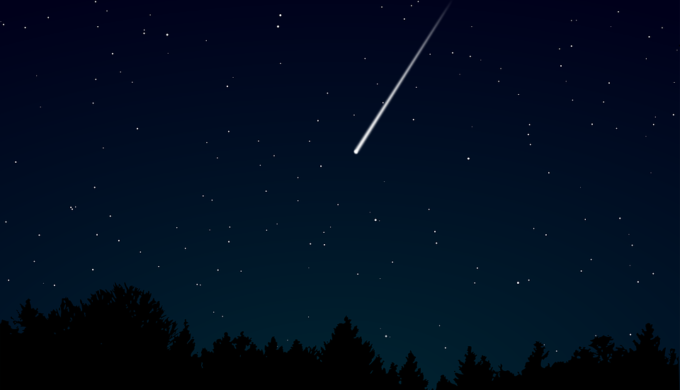Apt to produce the greatest number of visible meteors on the mornings of August 11, 12, and 13, the 2017 Perseids may peak at that time but will have to contend with the waning Gibbous Moon for display of its beautiful celestial shower.
One of the brightest meteor showers of the year, the Perseid meteor shower, occurs annually from July 17 to August 24, and normally rises to its height in display around mid-August. The best time to view them is, of course, when the sky is at its darkest, and many suggest that this is often right before dawn. Comprised of tiny space debris from the Swift-Tuttle comet, the Perseids are so-named because of the Perseus constellation. Its direction appears to align with that of the shower, both of which can be located in the north-eastern portion of the night sky.




